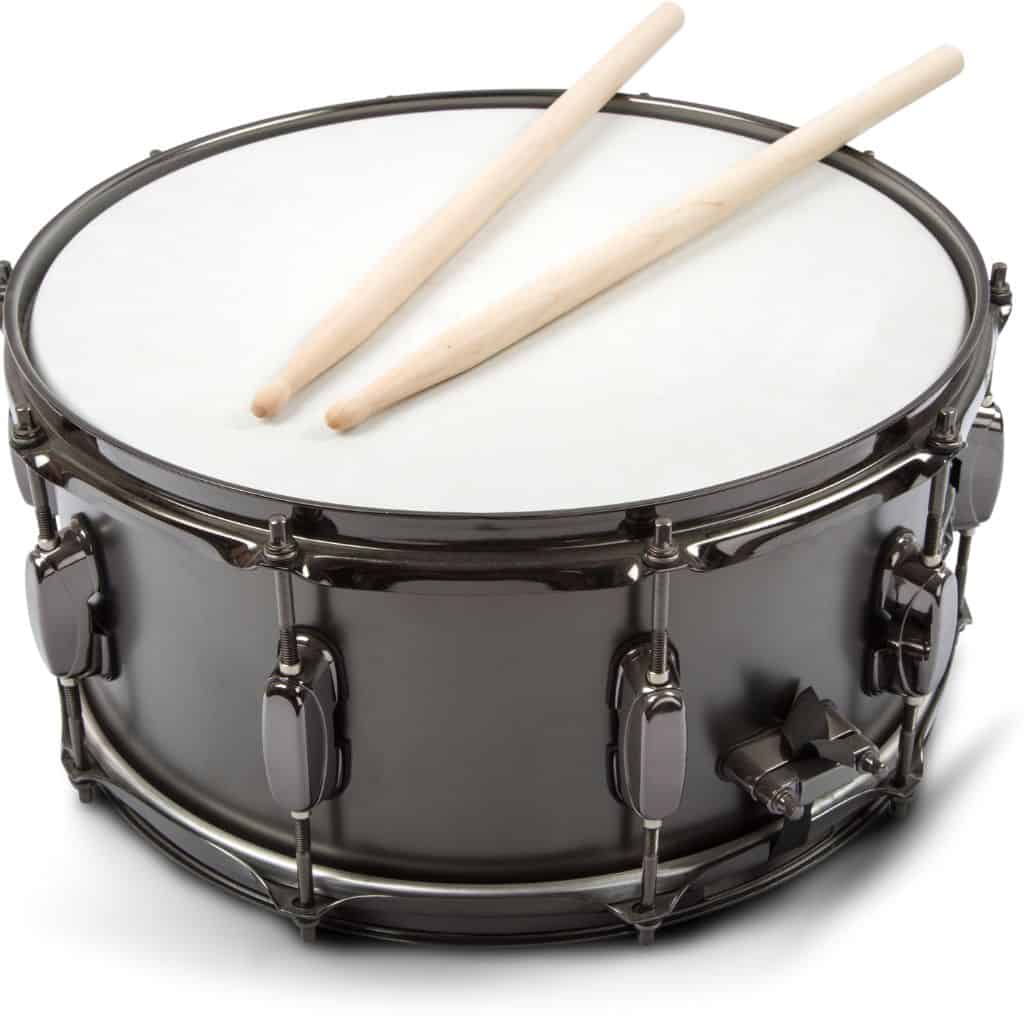Do you want to know what height should a bass drum beater be? Yes, the height of a bass drum beater is a matter of personal preference and playing style.
A common starting point is to position it so that it strikes the centre of the bass drumhead at a comfortable footboard angle. Drummers often adjust the height based on their preferences for power, rebound, and control.
Let us go further:
How High Should A Bass Drum Beater Be?
The height of a bass drum beater is a matter of personal taste. It should be positioned at a comfortable height that allows for controlled play. For a balanced sound, aim for the beater to make contact with the drum head in the middle or slightly above.
Experiment with varied beater heights to suit your playing style, and use pedal adjustments to fine-tune the beater position.
How Far Should My Bass Drum Beater Be At Rest?
The ideal resting position for a bass drum beater is subjective and depends on personal preference.
Many drummers prefer a slight gap between the beater and the drum head, allowing for a controlled and deliberate stroke.
Experiment with pedal adjustments to find a comfortable starting position that suits your playing style, considering factors such as responsiveness and the musical genre you play .Again, choose a position that feels natural and allows for effective drumming.
Where Should The Beater Strike On A Bass Drum?
The beater of a bass drum pedal normally strikes the middle of the bass drum.
This region is known as the “sweet spot.” Striking the centre of the drum produces a more balanced and resonant sound. It enables the drumhead to vibrate uniformly, producing a full and rich tone.
Drummers, on the other hand, may experiment with different beater locations to generate certain sounds. Striking closer to the edge of the drum may generate a sharper and more concentrated sound, whilst striking closer to the centre may provide a deeper and more resonant tone. It all comes down to the drummer’s choices and the desired sound for a certain musical context.
Does A 20 Bass Drum Need A Riser?
Whether a 20-inch bass drum needs a riser depends on personal preference, playing style, and the desired sound. A riser can enhance projection, making it suitable for larger venues, but some drummers prefer the solid feel of a bass drum directly on the floor.
Experimenting with different setups is recommended to find what works best for your playing style and the musical context.
How High Should A Drum Pad Be?
The height of a drum pad is subjective and depends on factors like drummer height and playing style. A common guideline is to set the pad height so that your arms form a comfortable 90-degree angle when playing. Experiment and adjust until you find a position that feels natural and allows for relaxed playing.
How Low Does An Upright Bass Go?
A double bass, often known as an upright bass, is a big, deep-voiced instrument that generates low-frequency sounds. A regular upright bass can generate an E1, which is the lowest E on a piano and has a frequency of about 41 Hz. This is the lowest note in the instrument’s normal range.
Although specialist extended-range upright basses or ones with extra strings may reach lower frequencies, the regular four-string upright bass generally bottoms out at the E1. The upright bass’s deep, resonant tones make it a cornerstone instrument in many genres, particularly jazz and classical music.
Conclusion
Now that we have learnt that the height of a bass drum beater is a subjective procedure that is impacted by personal preferences, playing style, and desired feel and sound. However, a general rule of thumb is to set the beater such that it strikes the middle of the bass drum head, resulting in a balanced and resonant sound. Drummers should experiment with various heights to find the one that gives the most comfort and responsiveness for their playing style. Finally, the appropriate beater height varies from drummer to drummer, and making little modifications regularly can assist in attaining the best performance and sound quality.

